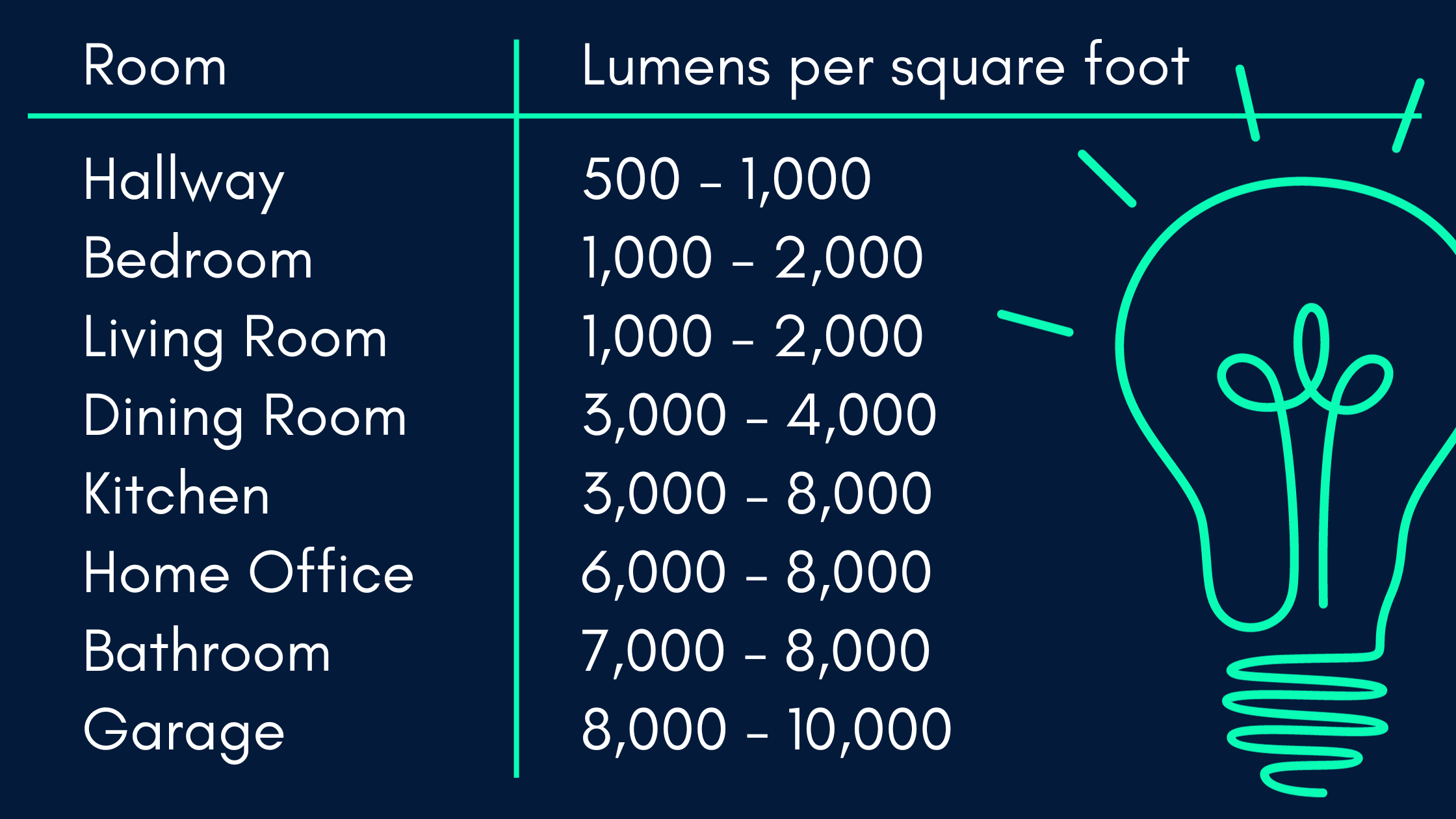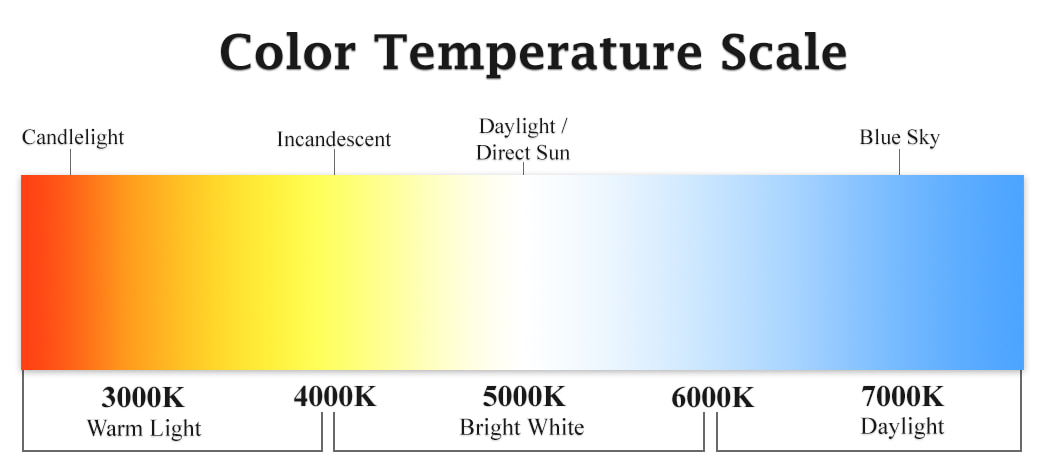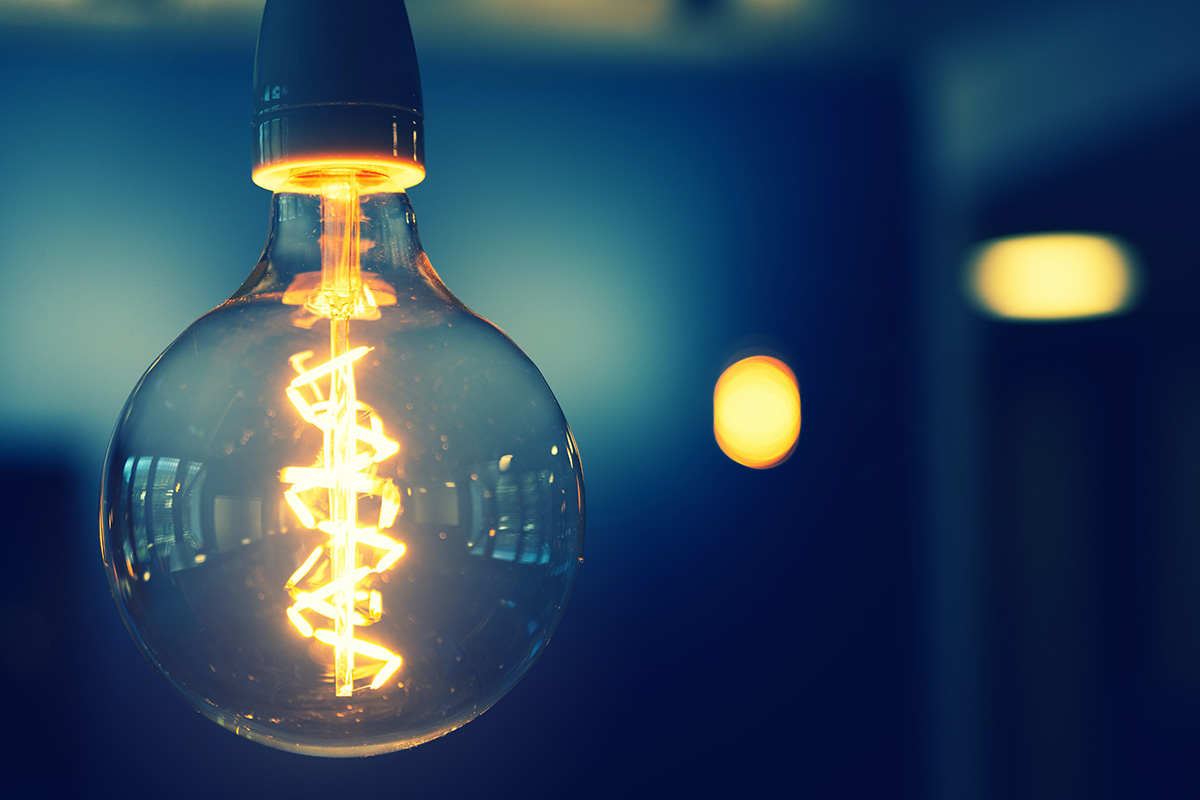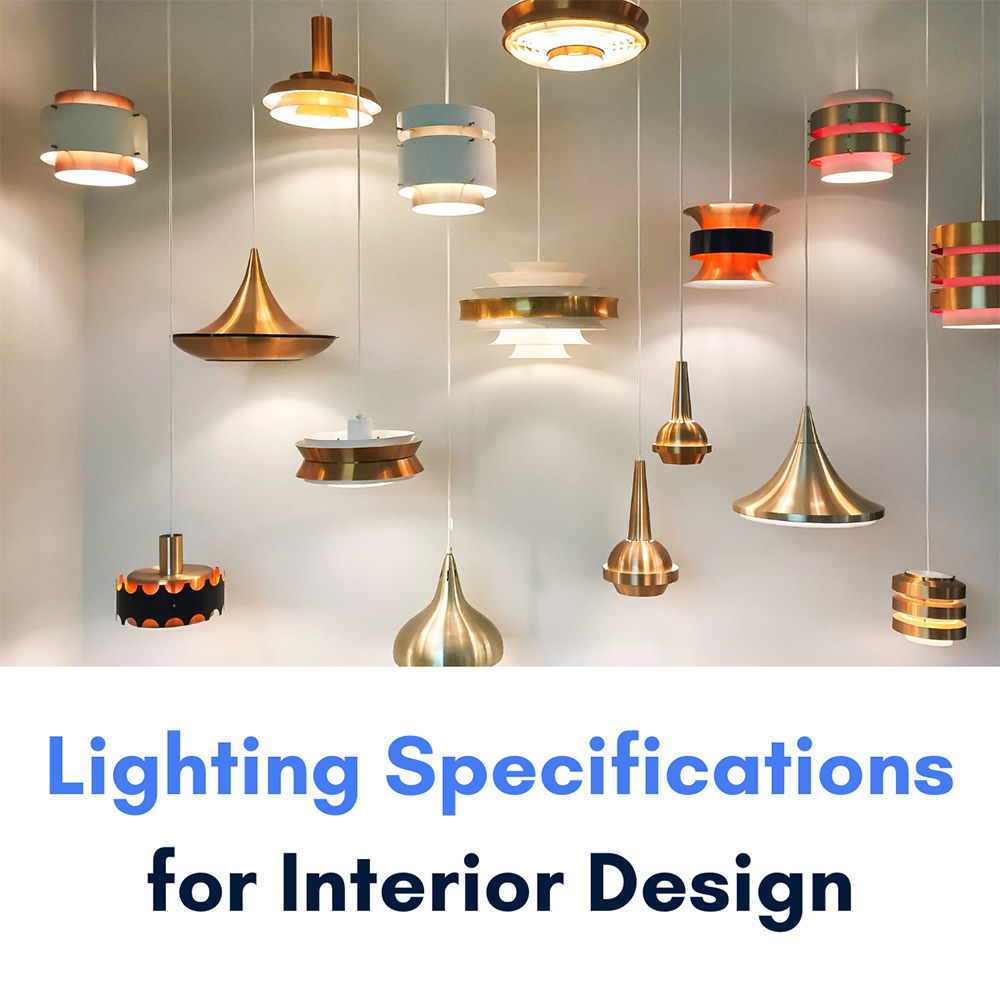Details are an interior designer’s best friend. When it comes to placing orders and purchases for clients, it is important to specify every detail clearly for each item that you incorporate into a design. However, sometimes that is easier said than done. Some specifications are simple and straightforward, but others require knowledge of specific terms and strong familiarity with industry standards to make the best selection. Lighting specifications for interior design may seem particularly overwhelming because there are so many details to gather. We have put together a guide to understanding lighting specifications below. It is a useful tool to break down a lighting order into bite-sized chunks and make sure you’re getting exactly what you have envisioned. Check it out!
Lumens
When selecting lighting, you should first consider how your clients plan to use a space and how much light they will need. Certain activities require more light than others. Depending on what your clients will be doing in a room, they may need task lighting, ambient lighting, or accent lighting. For example, your clients will need a very well-lit home office, with task lighting and multiple sources of light, for reading and administrative tasks. In the living room, though, a lamp in the corner might be all that they need.
Consult this chart to find the appropriate lumens according to a space’s function and square footage:

Color Temperature/Color Rendering Index (CRI)
Once you have determined how much light your clients will need, you should consider what type of atmosphere you want to create. Will it be warm and inviting? Dark and moody? Cool and peaceful? Be sure to look at the color temperature of lighting solutions. It plays a major role in setting the tone of a room. To identify color temperature, visible light is ranked on a color spectrum that ranges from cool blue to daylight to warm orange. Color temperature is measured in Kelvins (K), with 1,000K as the warmest and 10,000K as the coolest.

Image from Commercial LED Lights
While it may not always be noticeable, color temperature can drastically alter the feeling of a room. It can even affect the appearance of other objects. White objects may look very blue in a room that has light bulbs with a color temperature of 10,000K. If you are going for a very cool and pristine environment, that temperature may be suited to your needs. However, for most everyday applications, it is more practical to select a more subtle color temperature that is close to daylight in the middle of the spectrum.
Another specification that can affect how you perceive color is color rendering index, or CRI. It is used to identify the quality and clarity of color produced by light in a room. CRI is measured in increments of 5 on a scale of 0 to 100. A rating of 0 to 55 is considered very poor, while a rating of 60 to 85 is considered fair. You should aim for 90 or above whenever possible, though. Because they are often used for close-up activities or meticulous work, it is recommended that bathrooms and kitchens have a CRI of at least 95.
Bulb Type
When specifying lumens, color temperature, and CRI, remember that not all types of light bulbs have the same capabilities. There are five main types of bulbs that are used in residential and commercial applications:
- Incandescent: This type of bulb uses the most energy. It creates light by heating a filament with an electric current. This can make a room feel hot after a while. Incandescent bulbs typically have a warm glow to them and may be used in residential design to make a home feel more cozy and inviting. The downside is that they have a very short lifespan of 1 to 2 years.
- Halogen: Halogen bulbs are the least common type of lighting. Like incandescent light bulbs, they have a short lifespan and they use a lot of energy. Color temperatures are more limited than some of the other bulb types as well. They have a slightly more blue tint than an incandescent bulb, but they still lean towards the warm color temperature range.
- Fluorescent: When we talk about fluorescent lighting, you may think of a classroom or the lighting in a grocery store. Fluorescent bulbs are common in commercial applications because they are more energy efficient than incandescent bulbs. They are not used often in residential design, due to their cool (and sometimes unflattering) color temperature.
- LED: This type of bulb has been growing in popularity because it is the most energy-efficient option on the market. LEDs use about 75% less energy than other lighting solutions. They can last for up to 22 years, making them a more cost-effective option as well. They come in a variety of color temperatures, including soft white, bright white, and daylight.
- CFL: CFL bulbs are another popular choice for those who are looking to conserve energy. Like LEDs, they also come in a range of color temperatures. While they are not nearly as energy-efficient as LEDs, they do use less electricity than other bulb types. Light is created when an electric current reaction takes place inside of them, so they can sometimes take a few minutes to fully light up.

Wattage
As we become more environmentally conscious, there is a growing need in the interior design industry to specify products that are eco-friendly and built to last. You can make sure that lighting solutions are energy efficient by looking at the wattage. Although people sometimes associate it with brightness and confuse it with lumens, wattage actually tells you how much energy is used to produce light. The lower the wattage, the less energy it uses. Sometimes, that may mean that the bulb has less lumens, but this is not the case for energy-efficient options. For example, a 10W LED bulb is equivalent to a 60W incandescent bulb.
Other Factors to Consider
In addition to the lighting specifications for interior design mentioned above, it is also important to consider these factors:
- Luminous efficacy: This specification explains how efficiently a fixture lights a room, and it is indicated in lumens per watt. Most clients can appreciate a product that is a good value. You can help them make the most of their budget by proposing lighting solutions with a decent lifespan. After all, nobody wants to have to change their light bulbs every other month!
- Voltage: Voltage refers to the electric pressure of a circuit as it travels in a loop. Keep in mind that different parts of the world have different voltage supplies. It is important to consider the voltage requirements of a fixture before you purchase it. Standard voltage in the U.S. is 120 V.
- Hardwired vs. plug in: This may not be the first thing that comes to mind when you think about lighting, but it can have a huge impact on aesthetics. Hardwired lights contain all of the electrical components needed within the fixture itself, whereas plug in lights are just as they sound – they come with a cord that must be plugged in. Be sure to check this specification before ordering to avoid unwanted cords that distract from your design vision. While a plug in pendant might look great in a reading corner, you definitely don’t want one over a kitchen island. It would be extremely distracting to have a cord hanging down, and it could also be a safety issue. Luckily, many plug in lights can be converted to a hardwired fixture if necessary.
Navigating lighting specifications for interior design can be intimidating, especially when you’re new to it or limited on time. Be sure to keep this guide as a resource to make specifying lighting easier! If you still need support to hone in on the details, the 4Dbiz team is happy to help. We can assist with sourcing, placing and tracking orders, and project management.
Schedule a demo with us to learn more about how we can help your business deliver the best experience for your clients!

